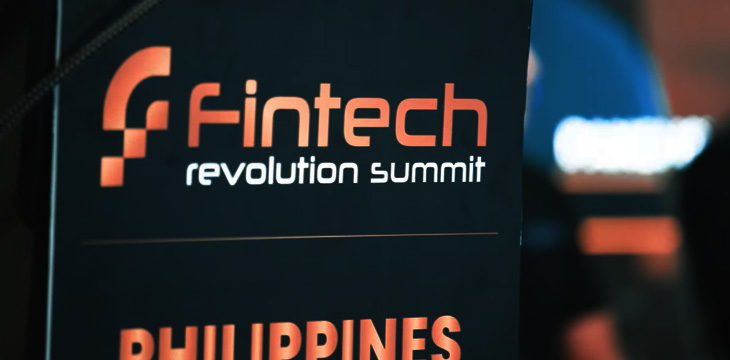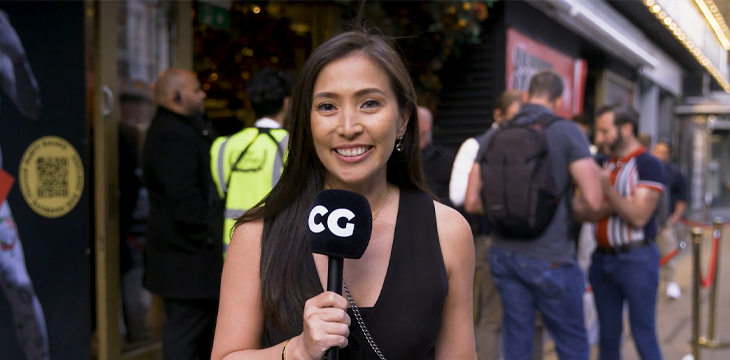|
Getting your Trinity Audio player ready...
|
We hear a lot about “tokens on BSV.” But what is a token? What are they used for, and by whom? How should they be made? The idea has been around as long as Bitcoin itself, but hasn’t fulfilled its potential. A panel representing some of the most experienced thinkers in the space discussed these issues at CoinGeek Live this week to give everyone a better idea of how this could happen.
The panel consisted of: moderator Jimmy Nguyen, James Belding of Tokenized, Steve Shadders of nChain, TAAL CEO Jerry Chan, Ryan X. Charles, Omniscape founder Robert Rice, and Stephan Nilsson of UNISOT. Notably, there were several different opinions on how exactly tokenization should happen—yet all agreed BSV was the only blockchain capable of performing the task.
What’s a token, anyway?
To put it (way too) simply, a token is a digital entity representing ownership of something else. It might be a physical asset, or another digital item, or a concept. The important thing is that its ownership and the definition of what the token represents is processed on the blockchain, and that ownership can be traced back to the transaction that originally created it.
Too often, the word “token” has come to mean something traded on an exchange (usually for other digital assets). The rush to create tokens with little utility other than to raise speculative value for their holders tarnished the word somewhat. However, using Bitcoin tokens is a long-discussed concept, from the days of Colored Coins, Mastercoin and CounterParty. There are still a few odd collectibles around today—after all, the blockchain lives forever.
Nilsson said a token was “a smart digital twin.” His company UNISOT isn’t so much in the business of creating tokens but rather solutions for using them. He referred to “behind the scenes” tokens, performing functions that aren’t always visible.

Where are all the BSV tokens?
We hear so much about tokenization on BSV… so where are all the tokens? Nguyen asked. “People are itching for tradeable tokens,” he said, referring to RelayX’s recent launch of the USDC stablecoin.
Shadders said USDC was indeed “bringing something new to BSV,” and that time would tell if it gains adoption. He too talked about tokens working more behind the scenes, performing their tasks mostly in the background, in mundane business processes.
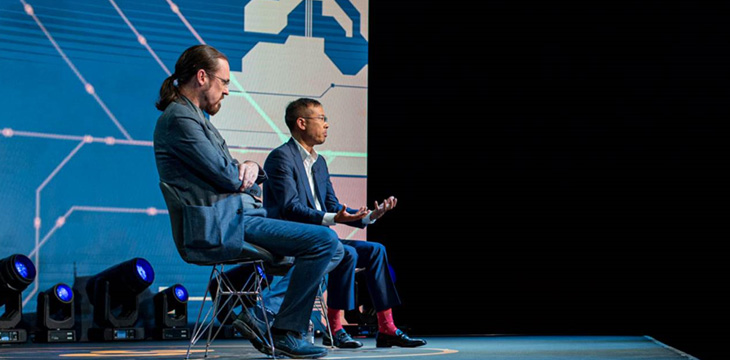
So far, said Belding, most tokens have been “toys” and/or “scammy”. “The value a token provides isn’t necessarily financial.” A tokens mostly tracks other information, he added, and said not to worry because BSV tokenization is only just getting going.
Rice called the idea a “fertile and untapped ground,” adding that he was a newcomer to this particular scene and was thinking of ways data could be manipulated in 3D environments, which Omniscape is busy developing.
Charles said he was just fine with the pace of development on BSV. He doesn’t think it’s moving too slowly at all, and in fact “the rest of the crypto industry is moving very quickly… in the wrong direction.” In any case, he sees his competition as companies like Nasdaq, not other blockchains.
On that note, Shadders said he’d been speaking to a lot of people with existing projects, but who’d been working on Ethereum. They know it can’t scale, he said, and they want what they’re doing to be legal. They see what’s happening in BSV and turn to people there for advice. “Most of them understand what a legal hole they’ve got themselves into,” he said, and that 95% of the tokens out there already have neither value nor utility.
Layer Zero, Layer One, Layer Two
A hot topic in the discussion centered on how tokens should best be constructed. There’s “Layer Zero” (using actual Satoshi units as tokens), “Layer One” (where all token processes are recorded as transactions on the BSV chain) and “Layer Two” (where most of the logic is performed by an external platform, such as Tokenized, and only status changes are logged on-chain as proof).
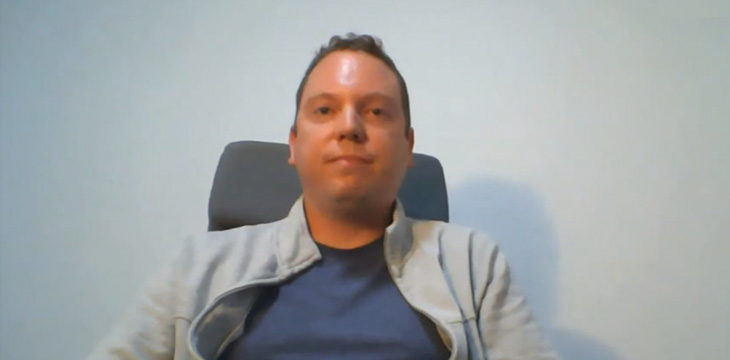
Belding, not surprisingly since Tokenized is a Layer Two (L2) platform, said there were lots of great designs out there. A token platform needs to be simple and easy to use, as well as flexible.
L2 meant more flexibility, he said. You can add or remove oracles, freeze or confiscate tokens more easily, and perform bug fixes and upgrades whenever necessary. With L1 that’s all possible, but difficult with the level of Bitcoin Script expertise currently available. L1 also presented the problem of what happens when someone’s private key is compromised—you’d need to swap out the keys and reissue every single token related to it, incurring huge costs and inconvenience. L2 is more usable and efficient in the business world, he said.
Chan agreed that L0/L1 tokens could have the same functionality as L2, but it was more complex and required specific skills. He said lower level tokens were more like an operating system or code like HTML, while L2 was “more like a disk, where you store information.”
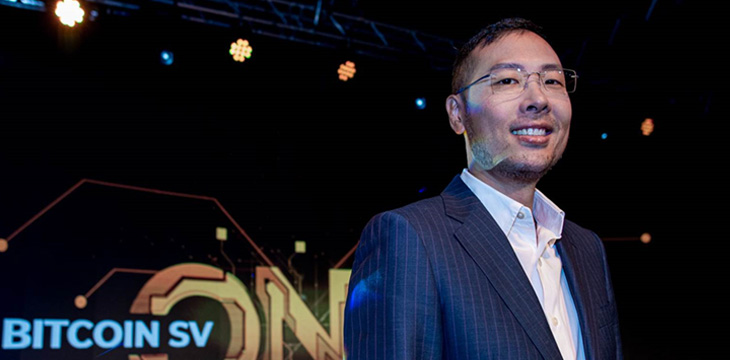
It would depend on the size of the token’s user base, he said. However, “for true scalability, the only solution we know is Bitcoin UTXOs.” Direct BSV solutions would also always work, whereas L2 solutions relied on the platform provider still existing as long as the tokens were required.
Charles said Bitcoin Script is “the predicate” lying underneath everything else, and that his company (Money Button, which was recently acquired to join Fabriik) remained agnostic on preference.
Most agreed the options weren’t mutually exclusive, and there’s plenty of room for L0, L1 and L2 to interact, with users picking and choosing options depending on their needs. “Let the market decide”, said Shadders, adding that nChain is in the unusual position of having invented L1 tokenization while working more with companies on L2 solutions.
They also agreed there should be some kind of official standard, to guarantee interoperability and to ensure tokens still worked even if a L2 provider went away.
“Sometimes great complexity is required to provide simplicity,” Belding said. For example, there’s governance rules—they’re complicated to write, but need to be easy for users to understand and manage.
At the end of the day, none of this matter if no-one uses BSV so mass adoption should be a priority for anyone building tokenized systems. The panel said it was important for businesses to compete for customers, but cooperate and agree on more fundamental things like standards and promoting benefits. What matters most is the message that tokenization has potential, yet it can only work on Bitcoin BSV. Only the BSV network has the ability to handle the data at scale, and process it all in a cost-effective and efficient manner.
Watch CoinGeek Live 2020 Day 2 here.

 12-15-2025
12-15-2025 

